"The Jungle Hut" by 3Dmitri. Making of.
Hi friends! My name is Dmitry Revyakin, but on the network, I am better known as 3Dmitri. I live and work in Ukraine in the city of Dnipro. I became interested in 3D graphics back in 2007 and since 2008 I began to take orders for my Architectural 3D Rendering Services. After several companies, I went to freelance, where I work to this day.
In this tutorial, I will try to briefly, but as useful and accessible as possible, tell about my latest work Adventure Hut. Because after the publication of this project on the network, I received many requests and reviews to do Making-off.
Idea
The idea of creating such a visualization has been in my head for a long time, but there was no time to realize it. The hero of this location was to be a young guy, modern, and not Indiana Jones, although this hero was much more likely to spin in my head.
In early January 2017, I started work and finished it in early February. The scene creation process took 3 weeks and another 10 days of rendering on my computer. One visualization was rendered from 5 to 10 hours, depending on resolution and plot. It was very important for me that I worked at Corona Renderer. She gave me a lot of technical capabilities and the result with which I was pleased, for the first time in years at Vray.
General principles of work
Now I will describe the general principles of work and philosophy, and then I will show in detail the most difficult moments of this project in my opinion.
Always, no matter what project you start, start it with a selection of examples, references. Of course, a true 3D artist should know everything, but this is not possible :) Here are some examples I picked up.
For the environment, I needed water, vegetation, atmospheric features. And for the interior, of course, the interior itself, facade cladding materials, interior filling, typical of that region.

Having collected the material and having studied it, ideas appear in my head that I could implement in my project. It’s not uncommon for a good photo to become the prototype of the camera’s position in the future. A good reference is very important in the work. Then I figured the total amount of work. Since I do not have an infinite resource of rendering capacities, but have only one 4-core computer, I have to carefully calculate my power. Especially since I read about problems with people with Corona Renderer and its scatter. That it does not allow rendering large volumes, but this in the end turned out to be not true.
Project implementation
I began work with a sketch of the common territory and the hut itself.

Having built the landscape, I began to arrange trees and bushes. All the vegetation that is located near the water is laid out manually, since the scatter would have done this very ridiculously and not neatly. I myself copied and edited each plant along the river, converting them previously to a proxy.

Objects that do not need precise placement are arranged by the Corona scatter, these are background trees, ground bushes and grass, and river litter, such as branches and leaves. Each group of models has its own scatter. All 3D models were previously converted to proxies.

I must admit, I try to never make models that are not visible on the render. This saves time and resources. An old habit from the beginning of my career, when I was still engaged in architectural visualization on a budget laptop :)
Now I will talk about the materials. The most interesting and complex in my opinion are plants, grass and materials that have a dirt map. I did not really like the dirt from Corona Renderer, apparently it has not yet been completely finalized. Very narrow range of settings.

Water, as in the examples from the Internet, I did not get much muddy from sand and clay, but transparent enough to see the bottom. The color of the water is correspondingly painted in sand and clay. Also in diffuse I added dirt, offshore the water should be darker and cloudier. The bottom I did not set too low in the same way. The river is narrow, which means it cannot be deep. Therefore, in top views, the bottom is slightly visible.

The plant material was the most difficult for me. I changed it three times completely in the process. It behaved differently depending on the lighting of the scene and the first two times I did not like it. What I understood for myself in the end. The plant material does not have transparency. It is impossible to see objects through it, however it transmits shadows and light. In Corona Renderer, for transparency, I used only Translucency! All refract settings have been turned off. And as it turned out, Translucency did a great job.

On the example of the walls of the house I will talk about the material corona dirt. It turned out that the Corona dirt does not like a large number of ribs in the model, he perceives each rib as an object for applying dirt. The 3D model should be roughly speaking with smooth and sharp corners. If I apply external dirt to a dense mesh apple, it will completely contaminate it. Therefore, I used external dirt only in rectangular models, such as boards, fireplaces, glass window frames and pt. As for the walls themselves. That is for them, I conceived painted boards with dark red paint, with small traces of exploitation at the edges, roughly the paint peeled off .
For lighting, I used different HDRI and vray physical cameras. The HDRI card settings are default, as well as the camera settings, I changed only the corona frame buffer settings, such as exposure, contrast, warm or cold tones, and more. A few words about the choice of positions for cameras since I consider this an important aspect of the work. The main rule that I try to use is always the maximum volume for each object. I position the camera and the sun so that each object in the scene has maximum depth. It is desirable that it be lit and in the shade at the same time.

As you can see from these pictures, each object in them has light and shadow on it, and accordingly has a great depth. This gives overall depth to the entire render. This does not always come out and not everywhere, but this is what I try to observe. For example, if there is natural street light. It illuminates the room enough and creates such an effect on the objects, then I add the artificial one conditionally, it illuminates itself, as it were, simply improving the already created atmosphere. Some kind of light should always be the main one, and some should complement.
Also for the first time I practiced corona fog. A very interesting system, but in my opinion it is not finalized again, very narrow settings. In some pictures, I added fog in Photoshop, by the way, there’s almost no Photoshop here, all renders are 95% clean.
Conclusion
In general, to implement such a project was a very interesting adventure for me. Since I work more with architectural 3D visualization, such a project as something new. The most difficult thing I encountered in the process was the large volume of the scene because of this, it constantly hung and crashed, even the proxies of all plants did not save, but the result was worth it.
Lastly, I want to wish everyone only successful renderings. Do not be afraid to take up work even if it seems difficult and unrealistic for you, the main thing is to approach this project responsibly and think over everything before you start, as they say 7 times measure one, cut.



Enhancing 3D Visualizations with Stable Diffusion AI
"New World" Tutorial by uto.vz
Making of "Coming Home" using Blender and Cycles
Making of "The Farmhouse" in D5 Render by Figment Visual
Doing the Interior CloseUp Renders in Vray with Romuald Chaigneau
The Making of Slabtown 4 Renderings by Scott Edwards Architecture

Latest Discussions
Woowww it s look awsome
This is simply amazing. I am in love with this atmosphere.
Thank you so much!! 
Beautifully composed scene! The sense of depth and lighting are just perfect. ✨
Harika bir sahne kurgusu! Derinlik ve ışık kullanımı mükemmel. ✨
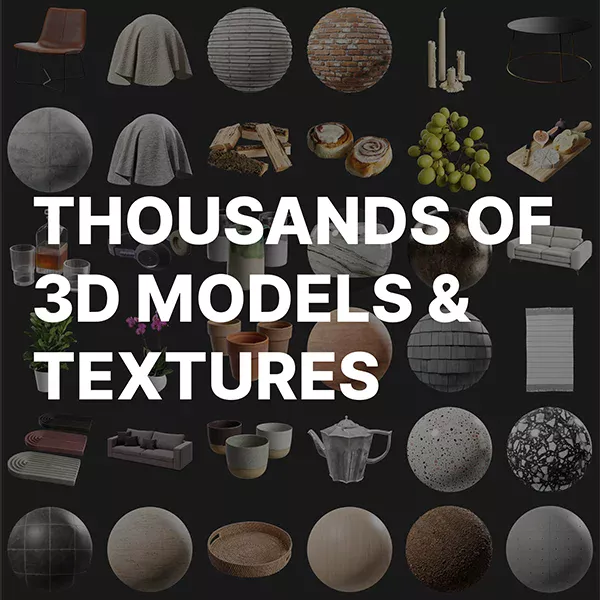


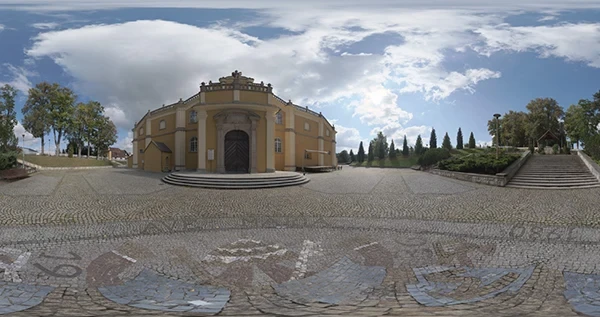






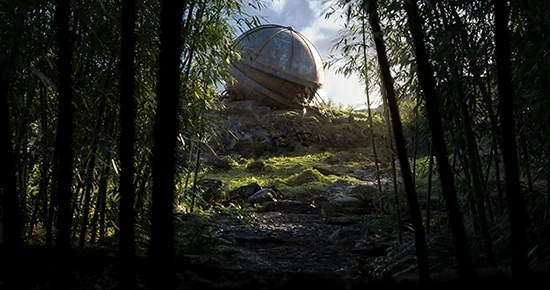

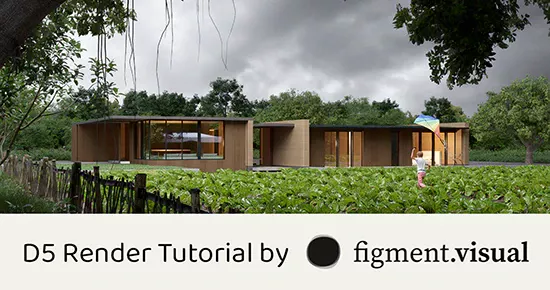
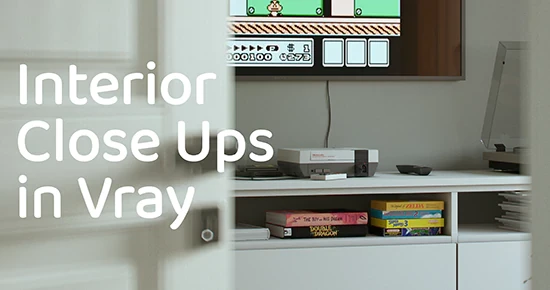
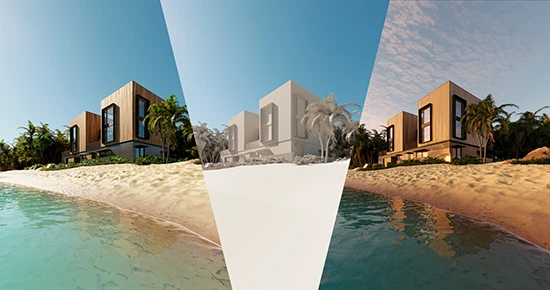
Woowww it s look awsome